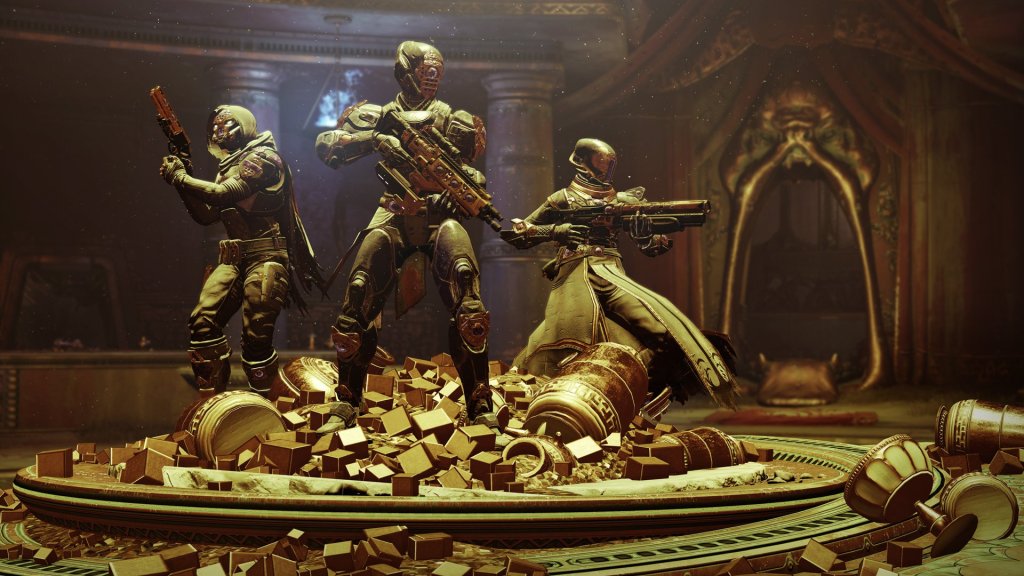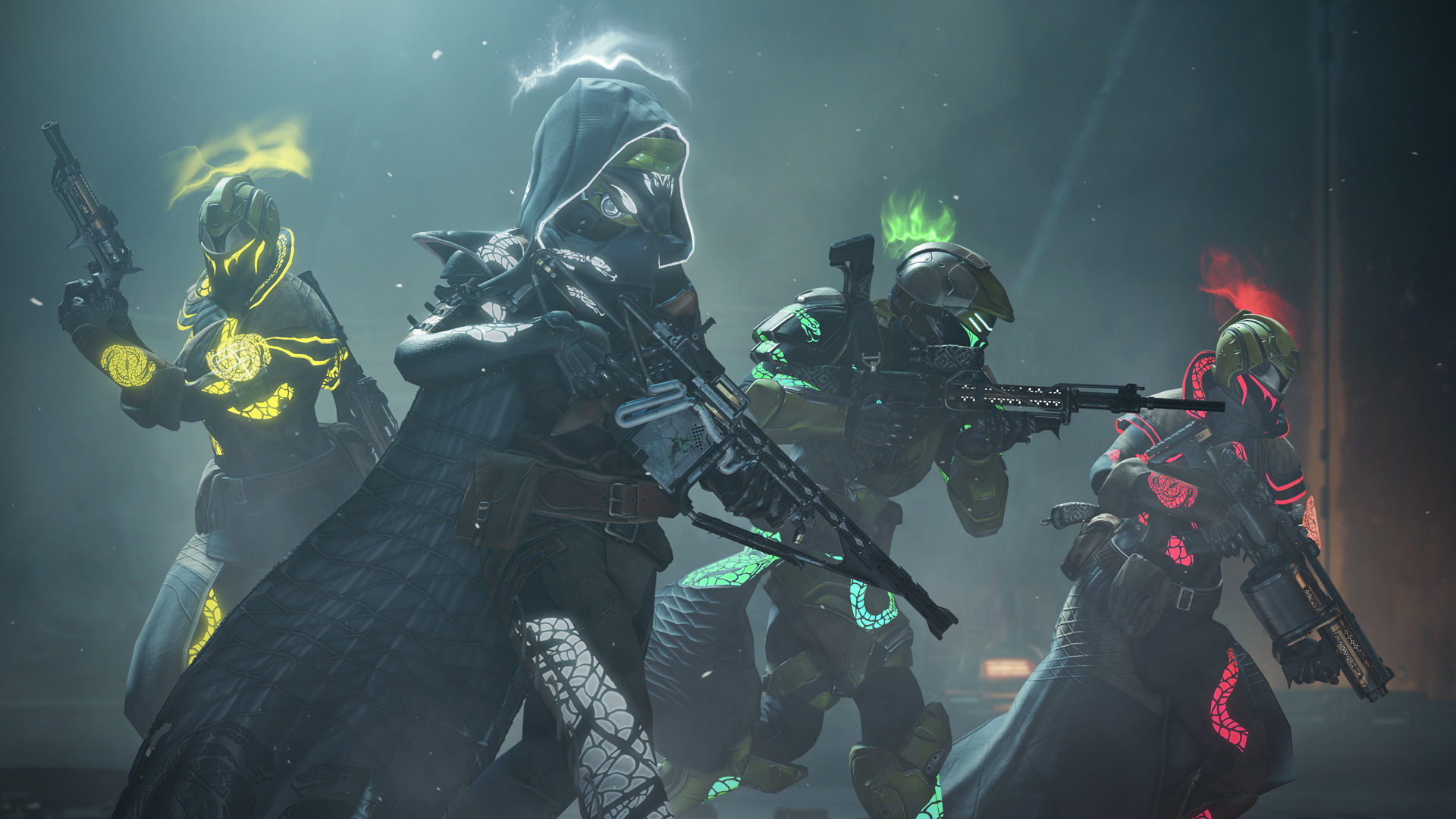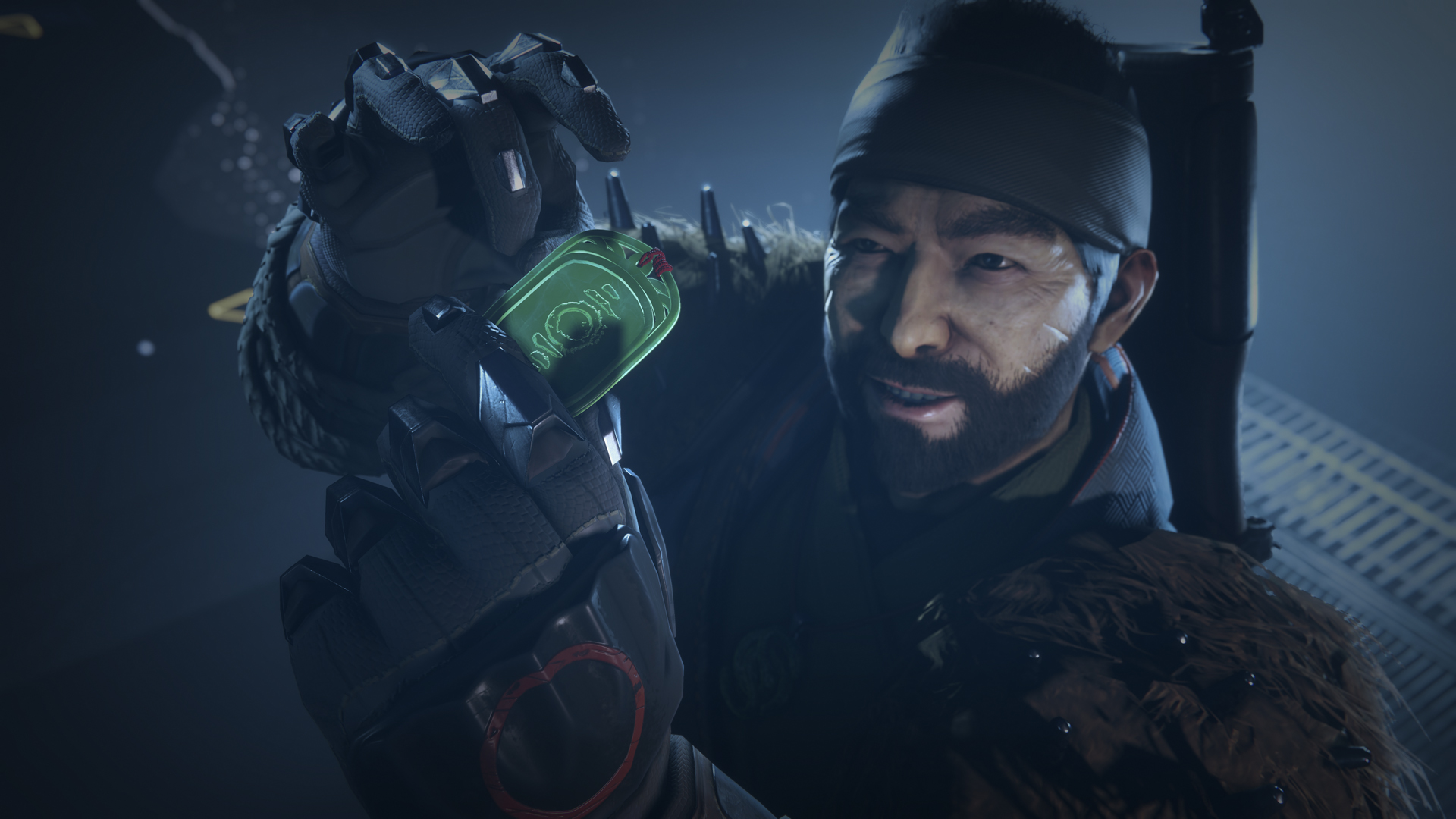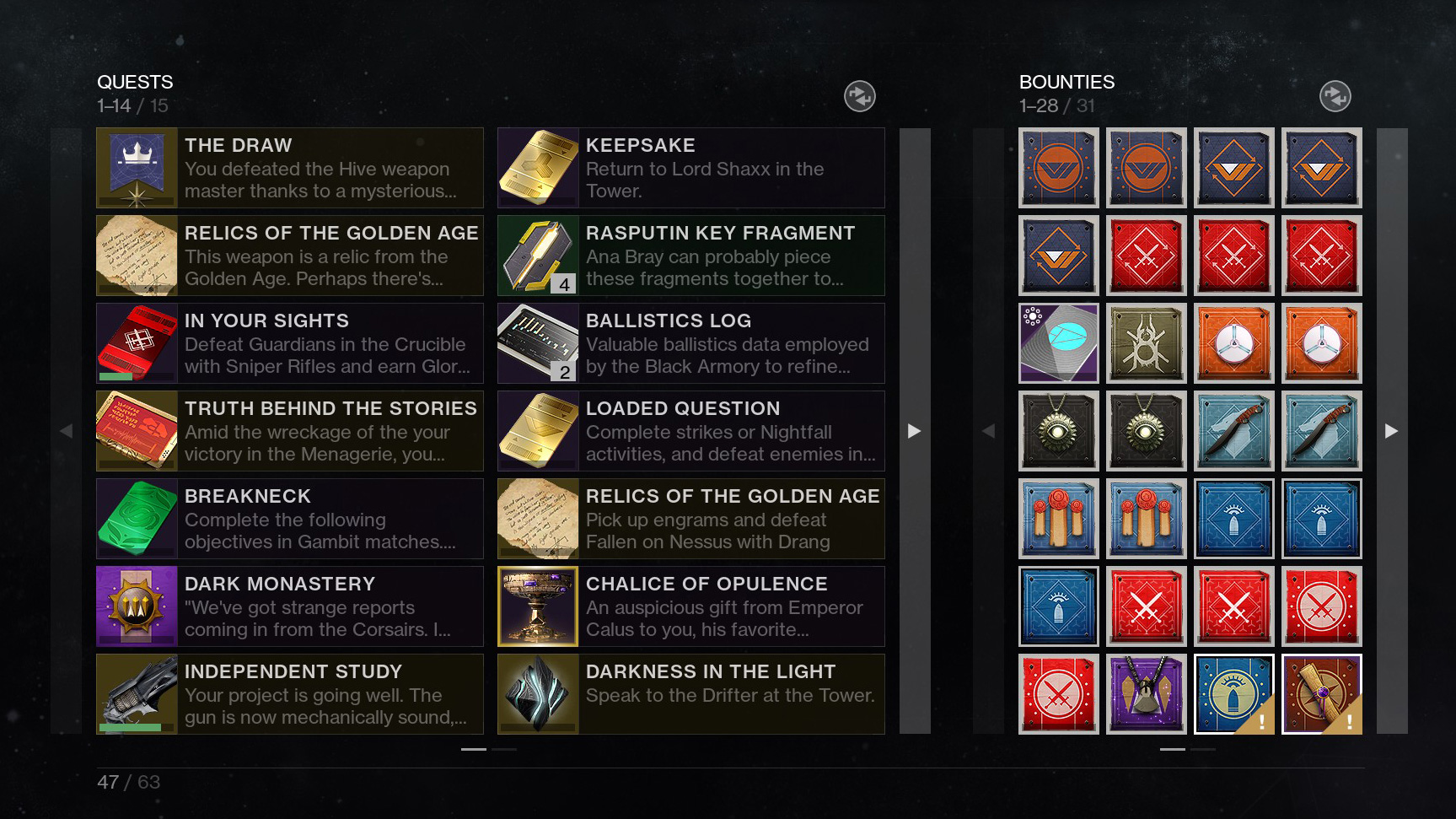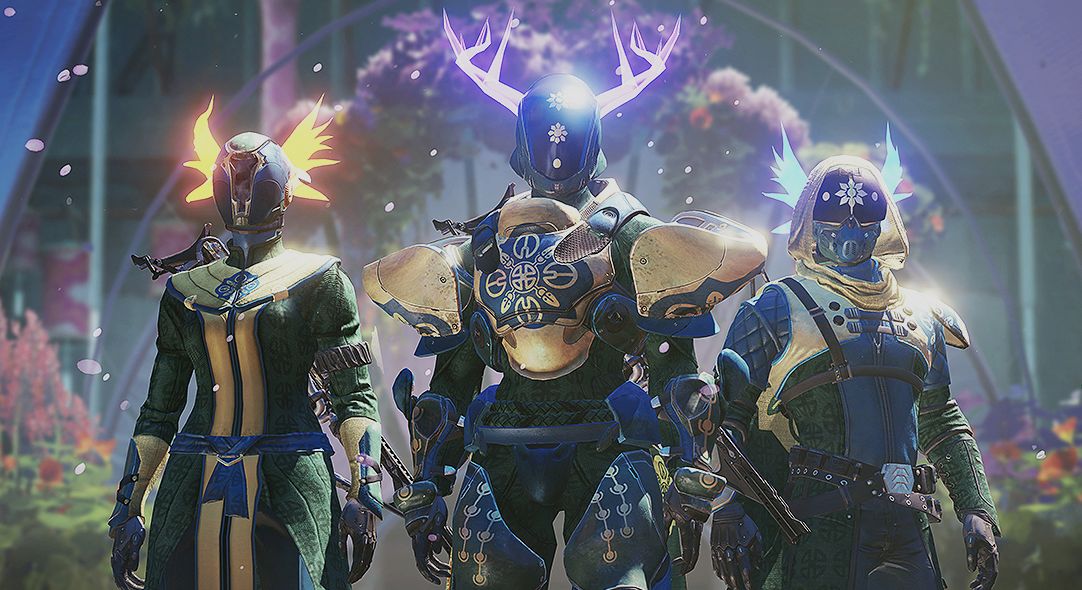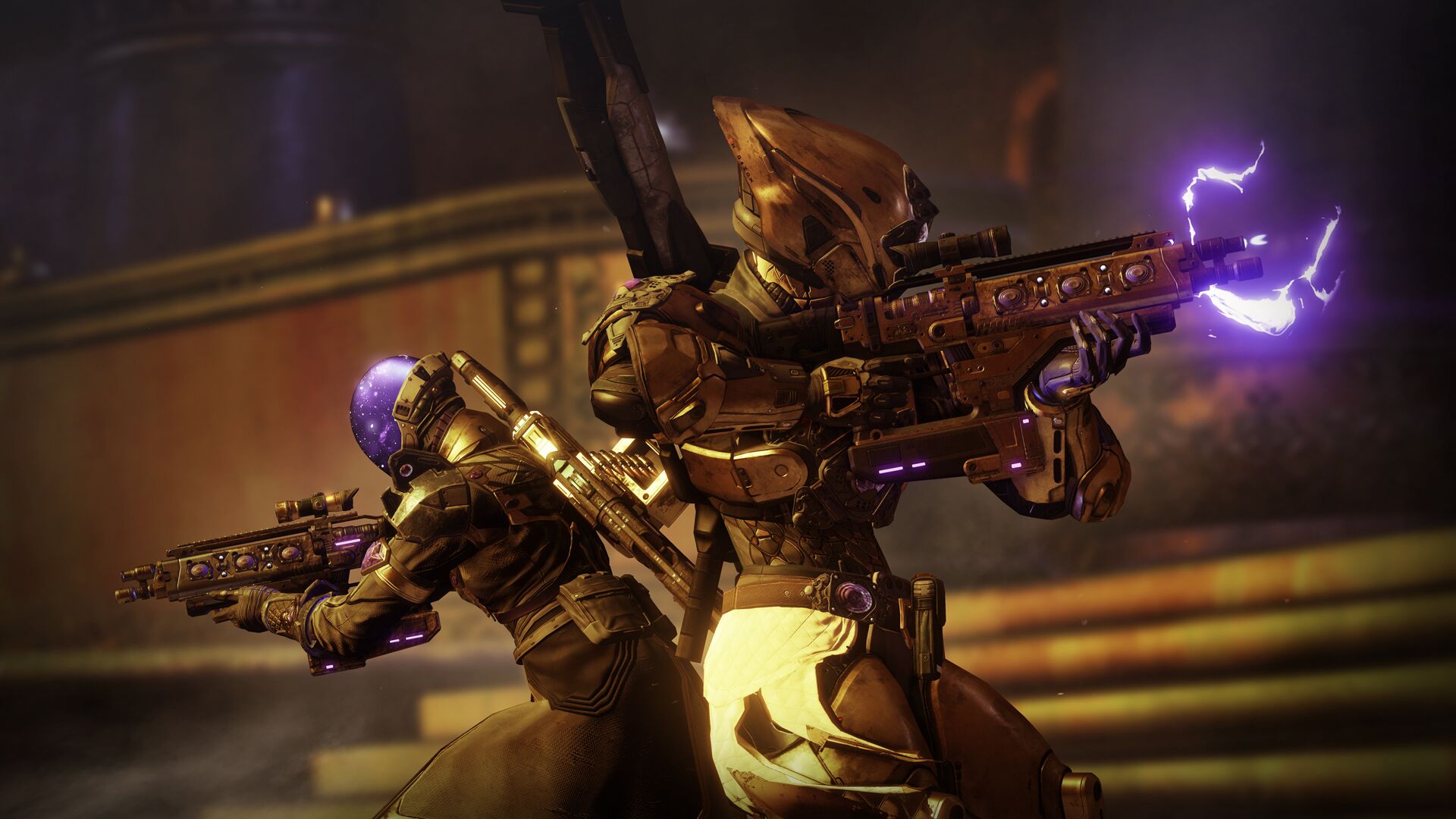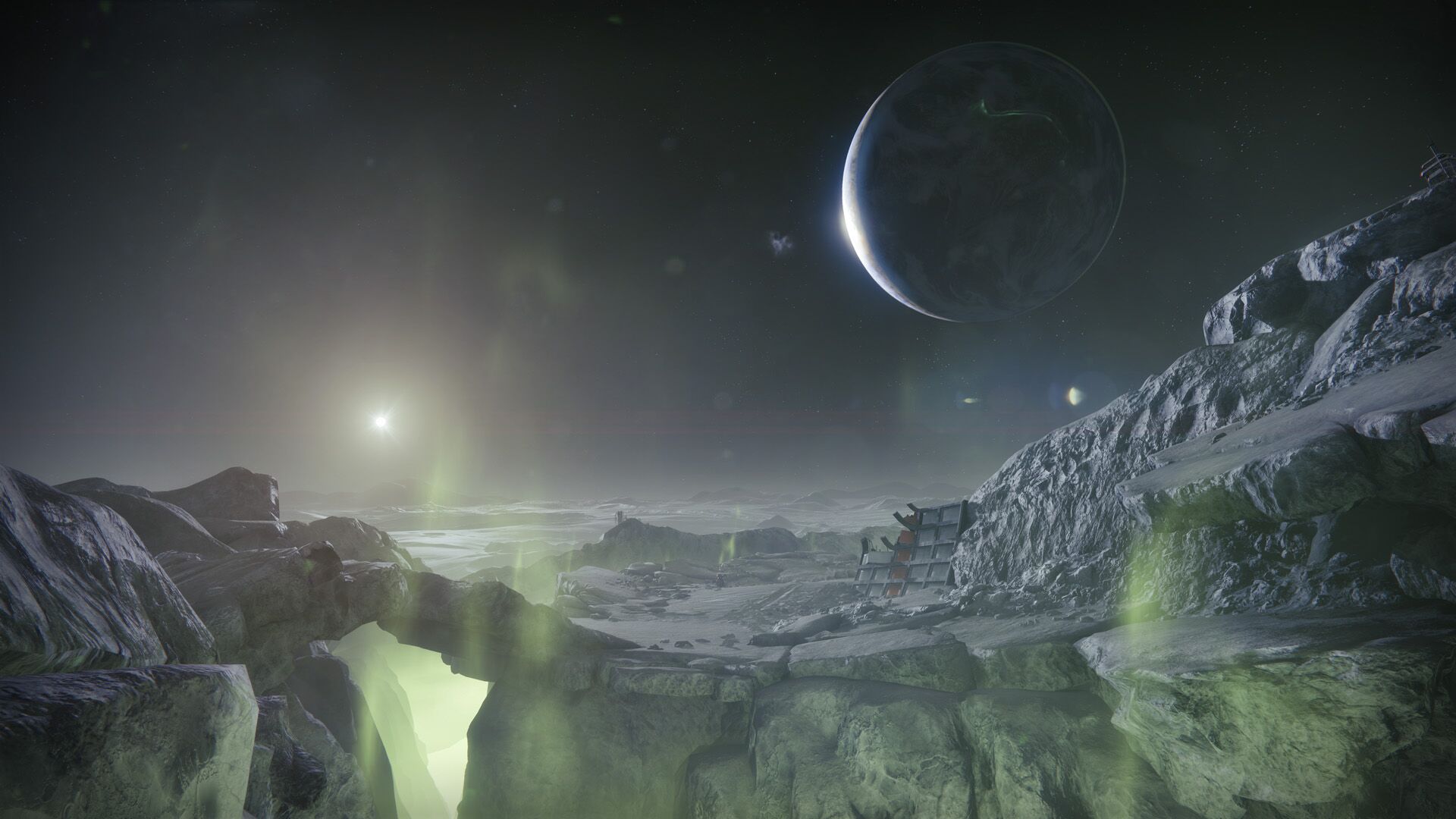Video games are becoming a conversation between players and developers, and no game espouses that conversation better than Destiny 2. Director Luke Smith has never been one to mince words, sometimes landing the Bungie developer in hot water, but his takes are frequently honest, even if they aren’t exactly what players want to hear. As Destiny 2 heads into its third year—and the sixth year for the Destiny franchise overall—Smith released “Director’s Cut,” or part one of it, anyway. “Director’s Cut” is a massive retrospective look at the last six months of Destiny 2, a raw and unfiltered stream of consciousness about the decisions that were made and the lessons that were learned along the way, as well as how it will all impact the future of Destiny.
There’s a lot to talk about here. Altogether, Smith’s knocked out a short novel of 20,000 words, divided into three parts. Part one specifically looks back on Season of the Drifter and Season of Opulence with a focus on what the team’s goals were, what went well, what failed, and why. It’s neither defensive nor a pity party. In fact, it doesn’t even go so far as to apologize as it seeks to present an understanding to players. It opens the door of information, respecting players while asking for a mutual respect in return. Let’s dive into it piece by piece.
Goals for the Game
Right at the outset, we get some awesome quotes about the overall goals for the game. “We want Destiny 2 to be an amazing action MMO, in a single, evolving world, that you can play anytime, anywhere with your friends. I’m going to keep referencing that. All the time. Until its true. And then, I’m going to keep referencing it until it’s good enough.” Basically, he’s establishing, re-establishing, and cementing these pillars that Bungie has in place. After years of refusing to even utter the word “MMO” in the same sentence as “Destiny,” the studio is no openly embracing this designation, which is what players have wanted all along.
An Unsustainable Dev Cycle
While Smith may largely focus on Drifter and Opulence, there were some overall lessons learned that included Black Armory. One of the biggest issues that Bungie faced was a heavy burden on delivering content season after season. With each season embracing completely different reward mechanics, it was hard for the team to jump from one to the next rapidly. Smith hints that they are trying to streamline this pipeline in Destiny 2’s third year, building off of existing mechanics for reward structures, rather than reinventing the wheel and introducing completely new ones.
From a player perspective, I’m glad to see this change. I’d much rather see existing content and systems evolve over time than have to take on yet another chore of powerful reward sources. For the most part, once I had finished the grind in one season, that was content I never touched again. I rarely engage with Black Armory’s bounties or forges anymore. Reckoning and the mote synthesizer are collecting dust in my pursuits tab. And even Menagerie isn’t holding my interest like it did at the beginning of this season. Yet activities like Strikes and Crucible, arguably a major foundation of the Destiny experience, went largely untouched during the Annual Pass. If Bungie can find a few central reward paths and evolve them, that would be better than the scattershot approach that the Annual Pass seemed to take. Better for the players, and better for the development team.
Which Gambit is the Better Gambit?
Gambit Prime. But now that we have that out of the way, Smith is asking about which Gambit the studio should focus on: traditional Gambit or Gambit Prime? “This isn’t just about removing stuff from Destiny 2 — but the game cannot grow infinitely forever –it’s about focusing refinements and evolutions to the Gambit ecosystem. We think Gambit is sweet and deserves more ongoing support and we want to ultimately focus that support on whichever mode ends up being the Highlander. There can be only one.”
Honestly, from playing classic Gambit for the Solstice armor set, I never want to go back to that again. In my humble opinion, Prime is the far better of the two, and made plenty of adjustments in the right direction. That said, Gambit Prime isn’t perfect, but if one of the two has to be used as a foundation for further evolution, I’d say that the developer should start with Gambit Prime and go from there. The community seems to mostly agree with Prime as the better option, but there are plenty of people who do love classic as well. Perhaps finding what people like and dislike about each could suggest refinements that can be made to one or the other.
Smith also mentioned that they’ve heard the feedback that Season of the Drifter was far too specialized, focusing too much on one aspect of the game. I agree, and while it was one of the best narratively, the entire season didn’t give you many reasons to play anything else in the game. Gambit should be a mode or activity, not a central content focus. This was also the season without a Raid activity, which redirected a lot of the focus back onto the Gambit Prime/Reckoning loop, and not in a great way.
Rewards were too difficult to earn, and the path to the top required playing A LOT of Gambit Prime, and a whole ton of Reckoning, which was poorly balanced around overpowered Exotic items. Is that the fault of the activity or the Exotic gear? I lean towards the gear itself making power creep an issue, with Smith seems to agree with. Speaking of…
Exotics Too Powerful? Try Nerf!
When it was initially announced that Bungie would be nerfing certain favored Exotics, I agreed with the decision. Players were upset that guns like Whisper of the Worm and armor like Phoenix Protocol would no longer offer the near infinite power fantasy that they had become accustomed to, but content was becoming trivialized by items that wholly circumvented mechanics like super and ammo economy, and designing with these Exotics in mind had the adverse effect of making them essentially required for the given encounter.
Here, Smith discussed the central constructs of encounter design, and how for Reckoning, Bungie basically broke all of their own rules to try to make an encounter that was actually challenging. Instead it became nigh impossible for groups that didn’t have a Warlock running Protocol with Well. “Destiny had sweet gear and in order to create challenge in the Reckoning we broke a bunch of our encounter design philosophy. That sweet gear, coupled with the encounter design meant the number of ways to viably/efficiently progress was dramatically reduced. We want Destiny to be a game where you have lots of choices with your character, build what you choose to do, and funneling those choices down to only one in Reckoning is something we don’t want to repeat.”
Good riddance, I say. I’m always eager to try out new weapons and armor. I love the shifting meta as the sandbox adjusts and players find new powerful ways to take on challenges. That’s the kind of evolving game I want to play, not one where I’m shooting bosses with Whisper of the Worm for two years straight. If Bungie wants to embrace the MMO side of the game, it really needs to work on tamping down the power spikes and rebalancing periodically so that players can try out new builds, strategies, and enjoy that ever-evolving gameplay. It’s fine for guns like Whisper to shine for a time, but when they start to become the defacto response to every challenge, that’s when they need to get looked at.
Here we get into a topic that I’m super excited to learn more about, though we don’t get that until part two. “Difficulty and challenge are important parts of mastery. There are more changes coming in Shadowkeep (buffs to things like Scout Rifles, nerfs to mechanics that circumvent the ammo economy, refactoring of the way damage stacking rules work) — we’re gonna talk about it in the next episode.” Buffs to Scout Rifles? Oh be still my beating heart. Scouts were one of my favorite weapon types in Destiny 1 (give me another Hand of Judgment and I’ll be happy), but they’ve never gotten the love they deserve in D2, MIDA aside. I’m also glad to hear that the goal here is to refocus on mechanics inherent to the game and not in finding ways to circumvent them.
The Pursuits of Happiness
I’ll be one to admit that I was not happy with the redesigned Pursuits tab. The move to the Director felt like a pointless one, and the scattered mess of story quests, Exotic items, permanent fixtures, and counties felt like a huge mess. I’ve come to be used to it now, but it’s still only a marginal improvement over the original Pursuits page. Sadly, the UI team behind the redesign wasn’t too thrilled to see the overwhelming negative response.
“They were crestfallen. Not just because of the sometimes-harsh-feeling feedback, but because this team wanted make something sweet, exceed your expectations, and meet their own expectations. None of those things happened. We wanted to try something different with Pursuits, in the sense that we knew where we wanted this feature to end up, but that we’d take some iterative steps to get there. I think we’ve got to do a better job ensuring that while we’re remodeling your house, the potential of the renovation is clearer either in the game or via some communication here on the site.”
What Smith makes very clear here is that the redesign is step one towards a better Questlog overall, but he also admits that they failed to communicate that intent very well. Here he teases an upcoming change that will separate Bounties and Quests, and from the wording of his post, it seems like that still won’t be the final design. It’s still slowly being iterated on.
I think if Bungie can find a way to effectively discuss the progression of updates, this problem will go away entirely. Many players felt like the new Pursuits tab was the final vision for this menu, and many of us remember back to D1‘s infinitely superior Questlog. In comparison, Pursuits was rather disappointing. If players had know this was merely a step along the road to a full Questlog, the change may not have been received so poorly.
No Word From Fenchurch Today
It’s been two years? Where is Fenchurch? He’s going to be rather shocked when he returns and finds out how drastically Tess has changed the family business. Eververse is Destiny 2’s microtransaction portal, and Smith talked about a number of ways that changes to the storefront are designed to both be more respectful of a player’s choice on what to purchase, as well as better incentivizing support of Bungie through Silver purchases.
While I for one loved being able to get all of the random items in a given season just be playing the game and earning Bright Engrams, I understand Bungie’s need to change this and have new cosmetics more heavily pushed for real money. Some cosmetics aren’t even available for Bright Dust, and those (like the Whisper of the Worm ornaments) fund really cool additional content for players (like the Zero Hour mission). The collector in me has to get over not having everything, unless I want to fork out money to buy it. Sure, we’ll still have Bright Dust sources, but I doubt that they’ll be near enough to limitlessly purchase every new seasonal cosmetic without dipping into the MTX.
Smith makes it clear that the future of Destiny 2 is all about separating the look of your Guardian from the gameplay. Nothing from Eververse will be able to impact your gameplay, and conversely, you can apply the build you want to any aesthetic you desire, so you’re no longer stuck with bad perks if you want to look good.
“We have made deliberate choices related to cosmetic items and not having them come from gameplay. Gameplay rewards are where you get items, power, mods, perk combinations, stats, triumphs, and titles. The aesthetics for armor blurs the line some – we want players to get cool armor from activities and the world that feel thematic to where they were acquired. Cosmetic items like universal ornaments, weapon ornaments, shaders, ships, sparrows, emotes, and finishers typically come from the store (There are exceptions, but generally speaking, that’s how we think about this).” It’s a great philosophy overall, though I do hope there will still be fair incentive to simply play the game to earn cosmetic items. Bright Engrams were one of the things I loved about D2 at launch, maybe not from the perspective of spending real money on randomized loot boxes, but from the excitement of earning one, opening it, and seeing what surprise hatched.
Of course, reward impermanence and loot dilution also became a problem (and is still an issue with the game’s shaders), but I think there’s a happy balance somewhere here. This season has felt a little barren by not having the ability to randomly earn new cosmetic items through level ups, especially when I’ve already got all of the old Year One stuff that the current Bright Engram offers. Overall, I’m not too chuffed about these changes though. I get it. Bungie needs that revenue, and if it means I get some cool shit from it, then they can do whatever serves their best interests in the cosmetics department, as long as the game still plays great.
Enter the Menagerie, Grow Fat From Strength
The Menagerie is awesome, and feels like a culmination of lessons learned from as far back as Warmind. It’s a great endgame sort of activity that is varied, repeatable, and (up until the chest nerf) rewarding. It’s was a great source of curated powerful rewards, an awesome site to grind for specific gear, and struck that perfect balance of feeling like a a Raid with its mechanics, though supporting matchmaking and lack of communication. It also changes up with different encounter orders every single time you play, which keeps repeated runs feeling fresh.
Smith says that the team wants to do more activities like this, but better be able to support them over the long term. Menagerie is already a great template for that. I can see additional encounters being added to the varied maze aboard the Leviathan in the same way that additional strikes might be added to the Strike playlist. As long as they can keep them rewarding, varied, and enticing, they will keep players coming back for more.
If I have one bit of feedback about the Menagerie, it’s that the Heroic difficulty needs to be more rewarding and offer more incentive for groups to play. My Raid group still hasn’t had the desire to all get together to run it. Instead we’ll opt to run Raids every time, because what awaits at the end of Menagerie isn’t worth the time (particularly if we die and wipe back to orbit near the end). Small bit of feedback, and maybe specific to my group’s situation.
It’s a little bit funny to me that Smith goes on to talk about the Chalice of Opulence not being perfect in how it provides rewards from Menagerie (“The Chalice isn’t perfect. Being held hostage by THE rune you want to drop from a Strike or Crucible to go make the weapon or armor piece you’re coveting is pretty frustrating.”), but I have the exact opposite problem. I currently can’t possibly play Menagerie enough to get rid of all of my Runes because the activity isn’t rewarding enough to its length or effort.
I’m glad to see that the theory will carry on at least, providing clear paths for players to determine their own loot drops. It’s a good way for everyone to curate their own gameplay.
What do We Celebrate?
There are certain elements that Smith seems really happy with about the last few months. “Full disclosure: I’m almost always going to focus on opportunities for improvement, rather than celebration!” he said right after mentioning that he didn’t talk much about Tribute Hall, Lumina, that cool Drifter cinematic with the Taken Captain, lore books, Vanguard/Drifter choice, etc. So it seems like there were plenty of details scattered throughout the seasons that Bungie is happy with, they thought were rad and turned out well, but this is the time to focus on what can be improved. I’ll take that to mean that we’ll still see these awesome and fun little outliers. It’s the core mechanics and reward pipeline that Bungie’s got its eye trained on.
Next up, Smith is going to talk about a lot of the specific changes that are on the way for Shadowkeep and beyond. If Part One was simply a look back, then Parts Two and Three will be forging ahead, showing the lessons learned through specific examples of what will be changed and updated. Luke promises to talk about Supers and PVP, Armor customization, sources of powerful gear in the world, and specific damage numbers, among other things.
Director’s Cut has so far been an enlightening and impassioned look inward, respecting the player enough to have a real conversation about the things that have worked, the things that haven’t, and the design philosophies behind all of it. Luke Smith provides his unique voice as curator of Destiny 2. Now that we’ve had a chance to look back and get some behind-the-scenes time with the last six months of content, I can’t wait to look forward and see how those lessons translate into what’s coming next.
Daily Reaction reacts daily to the video game industry. Have suggestions for the column or subjects you’d like us to react to? Let me know in the comments below and be sure to check out previous Daily Reactions for more dives beyond the headlines.
